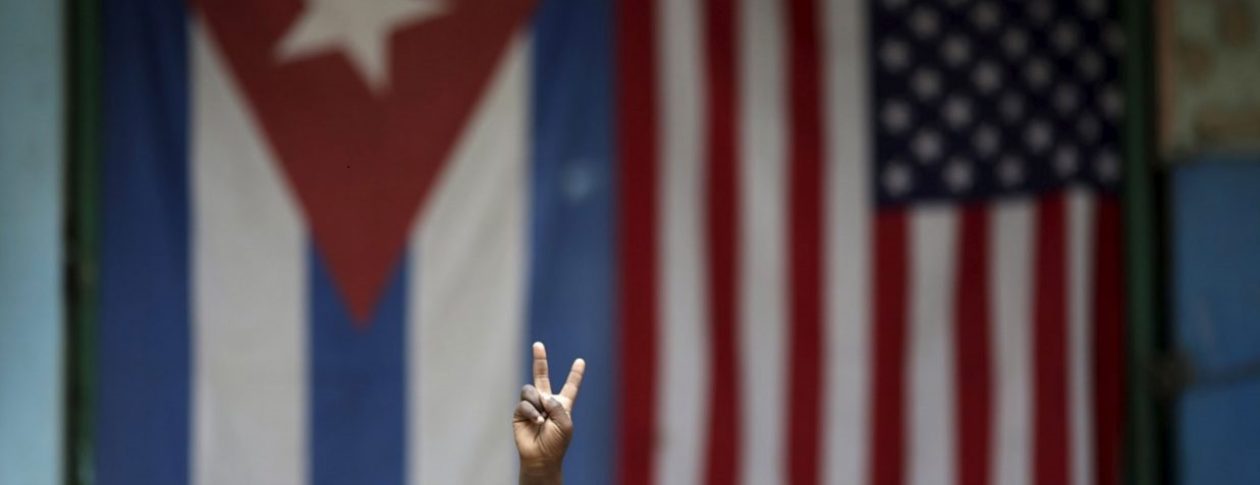Cuba: To Die for the Homeland is to Live
By Leidys María Labrador Herrera on January 27, 2024
 On the eve of the 171th birthday of Jose Marti
On the eve of the 171th birthday of Jose Marti
Martí is one of those beings whose early death prevents us from evoking him without the question of “how much more could he have done?” However, we choose to remember him without pessimism or regrets, because he lived so intensely, so nobly and so justly, that it is enough for him to be eternal.
The patriotic, political, revolutionary and human maturity of the Apostle came, fortunately for us, very early; that allowed him to build in 42 years an essential legacy, not only to understand the historical evolution of Cuban independence thinking, but also for the definition and understanding of the principles that a society needs to be fair, and the values that cannot be lacking in those who intend to build it.
This is an indisputable merit of Marti’s life and work, developed in perfect coherence, to reach the highest degree of what we wisely identify as an example. To the paradigms we return again and again in search of answers, of safe paths to walk, of truths that are not easily found elsewhere.
Martí has always walked with us, timely and accurate, he has been the protagonist, from his immaterial survival, of the growth of the Revolution, just as he once did with his Necessary War.
We know the answer: in spite of time, of the differences of epochs and contexts, of the variations of objective reality, both programs coincide in the fact that full social justice is only achieved when the benefits of the edified work reach everyone, embrace equally every son of the Homeland.
Therefore, when we ask ourselves what Martí would have said, how he would have acted in a given situation, what interpretation he would have made of our reality, we do not do so because of an inability to discern or make decisions, nor because of nostalgia for an opportunity we did not have to listen to him, to see him, to share with him the time he lived, but because we recognize him as timeless, visionary and foresighted, just as we consider the most faithful of his disciples, Fidel.
Martí is a luck, a talisman, a voice that defies the passing of the years, a legacy that refuses inertia, the staticity of the past, because it fits exactly in each present, as if his pen never stopped writing, as if his prodigious mind never stopped giving birth to noble and exceptional ideas, pregnant with the sacrifice always ready to happen when needed.
In those truths lies the definitive answer to the question “how much more would he have done?”, if that May 19 had not happened. He did much, even more than he ever dreamed of having done, much more than he set out to do, more than he set as a goal for his existence, more than the scope of his dreams.
And he did it for an unquestionable reason, one that we sing with pride and embrace with certainty: to die for the Homeland is to live.
Source: Granma, translation Resumen Latinoamericano – English



